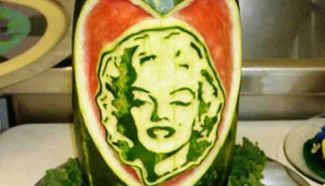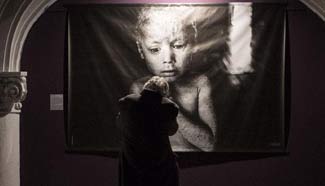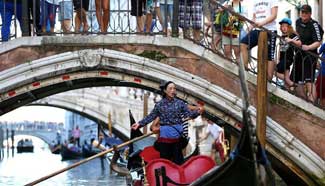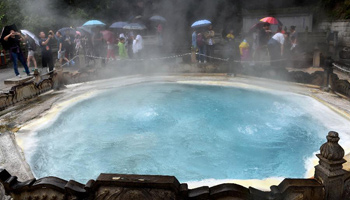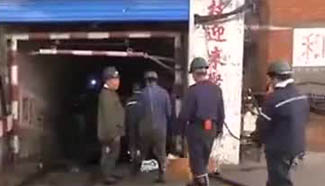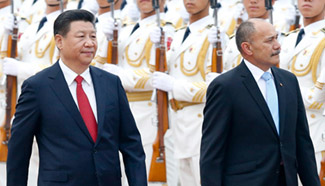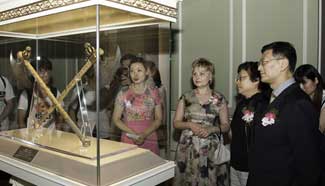Corruption
One of the determining factors in a war is the quality of the troops, including their morale and technical skills. Chinese troops lost almost every battle on the front line. The KMT government blamed outdated equipment. But from the spring of 1944 to the beginning of 1945, weak and exhausted Japanese troops invaded central and southwest China and overran the KMT troops, occupying an area with a population of 60 million. A crushing defeat at the dawn of victory not only surprised China’s anti-fascist allies, but enraged the Chinese people. The KMT could no longer blame their weapons and had to admit a corrupt government had led to disintegrating discipline and low morale.
The CPC, on the other hand, developed and grew on the battlefield behind enemy lines with outdated equipment in the most difficult conditions. The Eighth Route Army was equipped with about 10,000 assorted guns with an average of just 30 bullets per gun. The limited ammunition provided by the KMT government was too little to engage the enemy. The major source of ammunition was captured on the battlefield. As one song went: “No guns, no cannons, but the enemy made them for us.”
A shortage of ammunition made the CPC more efficient in combat. During the eight years of the war, CPC soldiers killed or injured each Japanese aggressor with an average of 30 bullets and seven grenades. In comparison, an enemy soldier in WWI cost over 2,000 bullets; 5,000 bullets were needed to kill or injure one in Europe during WWII. KMT commander Chiang Wei-kuo wrote that KMT troops killed or injured a total of 850,000 Japanese soldiers in the war, with an average of 2010.6 bullets, 11.3 cannon shells and 27.8 grenades per enemy killed or injured.
Joseph Stilwell, chief of staff sent by the U.S. to China was so impressed by the CPC’s performance in the war that he suggested assigning U.S. aid ammunition to the Eighth Route Army.
Most KMT troops lacked fighting capabilities during the war due to a corrupt government, the poor quality of the troops and their poor equipment. Personal relationships took precedence in officer promotions. Conscripts, including opium addicts, were forced to fight. Most Japanese soldiers, on the other hand, had gone through strict training before being sent to China. Some veterans recalled many Japanese soldiers were able to fire and hit a target in a moving car. Their mastery and maintenance of weapons were far better than those of the KMT soldiers.
Poor equipment did not necessarily lead to failure, but corruption did. Building a strong army is not just about improving equipment, but more importantly, fighting corruption.


